Let’s start off with the obvious:
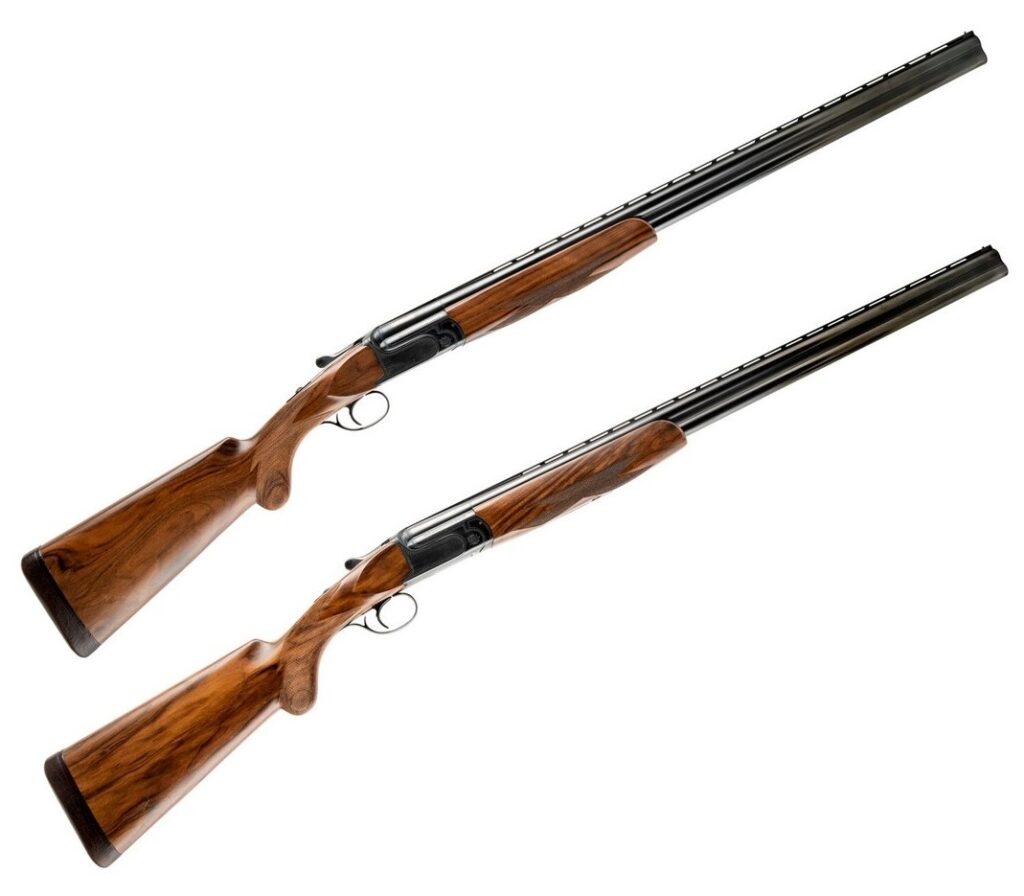
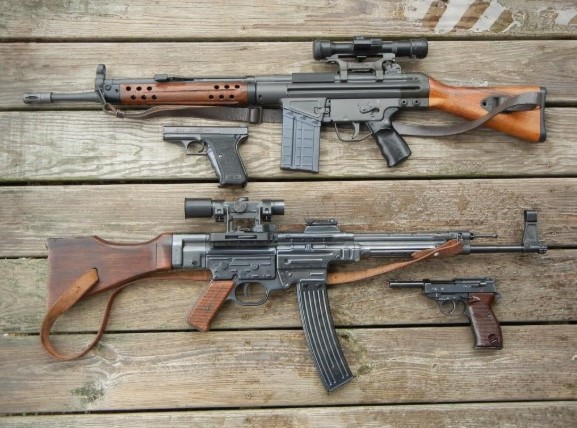
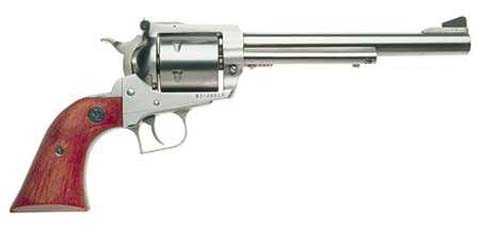
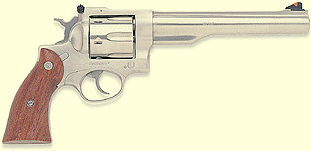

Maybe a little crossover:

And into the ladies, so to speak:




…into the next category, V12 cars:
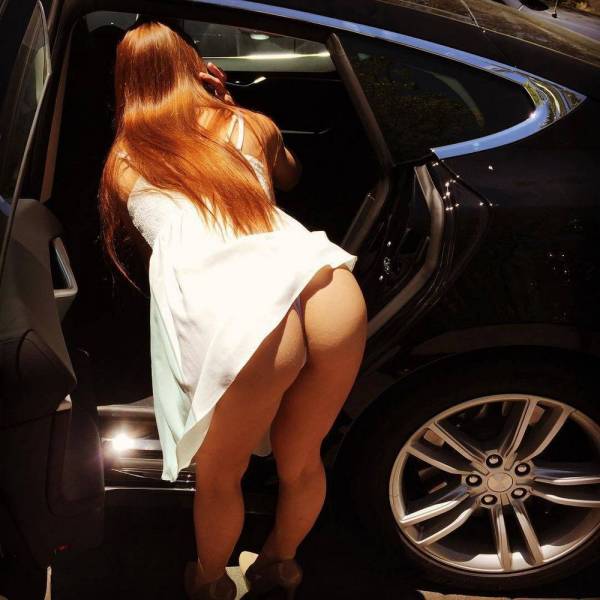
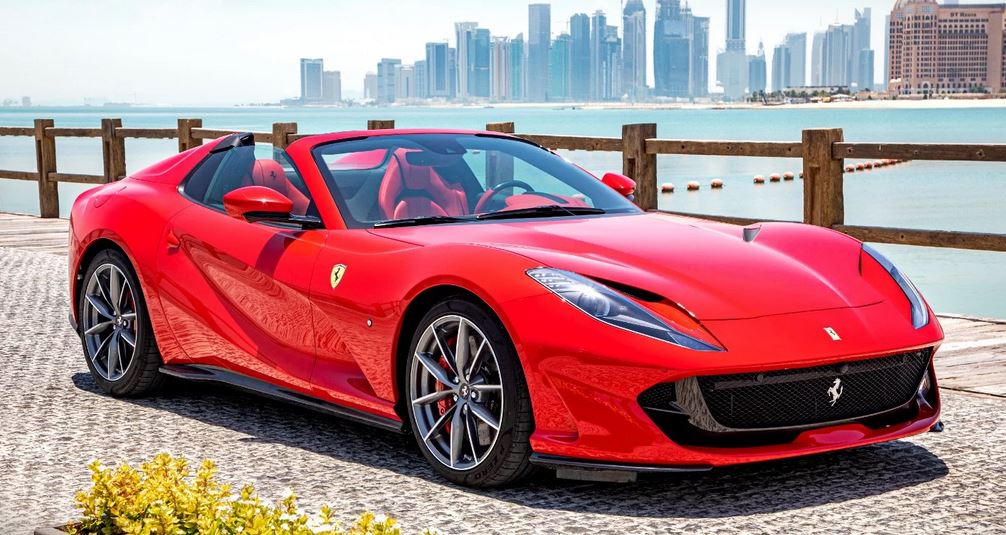


Now for some dead Commies:

And that’s enough of that.
Finally, power tools:


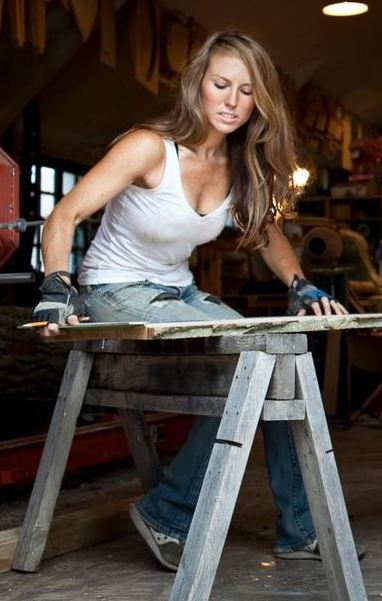

Let’s hope all that makes the cut…

Let’s start off with the obvious:





Maybe a little crossover:

And into the ladies, so to speak:




…into the next category, V12 cars:




Now for some dead Commies:

And that’s enough of that.
Finally, power tools:




Let’s hope all that makes the cut…
Every so often one will come across a question to which the answer is self-evident, but someone’s going to ask it anyway. Here’s an example:
1. “When you find a rusted-out old kitchen knife, why not just toss it out and buy a shiny new one from Williams-Sonoma?”
— because nothing looks as fine as a well-restored blade, not just in appearance, but in its intrinsic history. Need proof? See here, where some guy with mad skillz goes after an old cleaver.
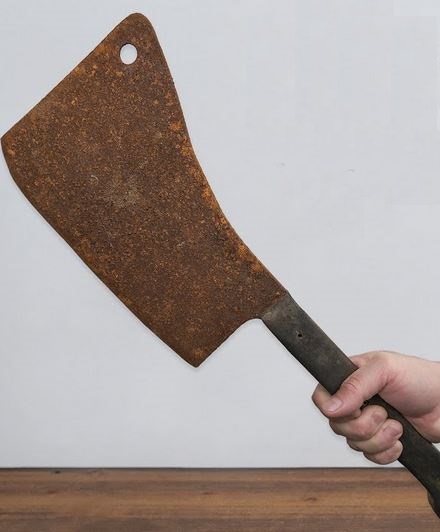
Here’s another one:
2. “Why would someone spend $170,000 on a replica of an old car?”
— because as long as the replica has been manufactured by engineers with all respect for quality as well as heritage, it’s worth it, and not the least because the originals require not just stupid money, but insanely-stupid money available only to Russian oligarchs, software company founders and parvenus like Jeff Bezos (also criminals, some overlap with the aforementioned).
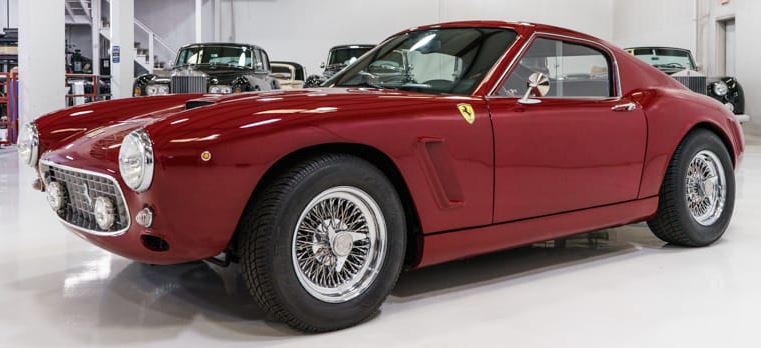
(watch the second video at the link…)
Here’s another question of this ilk (but by no means the final one):
3. “Why is The Repair Shop such a popular TV show? All they do is restore old junk.”
…it’s not “junk”, it’s heritage, history, treasured artifacts and sentimental objects. To watch Steve Fletcher fixing an old clock, Will Kirk restoring an old piece of furniture or even those two old pink-haired biddies bringing wrecked toy dolls and teddy bears back to life is to see and feel the joy of a miniature triumph of life over death. If you are not moved by that, you are a foul, crass and cynical human being.
The overall answer to all the above questions can be summed up in one word:
Craftsmanship.
It’s a rare talent (and becoming rarer still when so many people are seduced by cheap, fragile and nasty knock-offs from China or Eastern Europe), and if we hold on to no other custom, craftsmanship is worth everything. To quote Oscar Wilde’s words from Lady Windermere’s Fan :
Cecil Graham: What is a cynic?
Lord Darlington: A man who knows the price of everything, and the value of nothing.
Cecil Graham: And a sentimentalist, my dear Darlington, is a man who sees an absurd value in everything and doesn’t know the market price of any single thing.
I know I’m always teetering dangerously close to the latter, but all I can say is: guilty as charged. Especially where beauty and craftsmanship are involved.
New Wife is a tea drinker. Actually, to call her a “tea drinker” is akin to saying that her husband rather enjoys shooting guns, except that she drinks tea more often than I shoot a gun. Hell, she almost drinks more cups of tea than the number of bullets I send downrange in a typical session.
As I’ve mentioned before, she drinks Yorkshire Gold tea, which is my fault because I turned her onto it when we were together in Britishland all those years ago, and she prefers it over all others. Fortunately, the teabags are fine — unlike my children, she’s not a teapot fetishist, thank goodness — so we just buy the bags in bulk and all goes well.
Except for the kettle. We use a cheap ($25) electric kettle with an auto cutoff switch rather than a stovetop-with-whistle type simply because it’s more convenient, in that when we go on a car trip, we take both kettle and teabags with us (plus my small Keurig, but that’s a story for another time).
(Aside: I should divulge, en passant, that I make the tea in our house simply because I’ve been making tea since I was seven years old — I used to make it for my mother every day because she too was a guzzler rather than a sipper, and I enjoyed spoiling my Mom, just as I enjoy spoiling New Wife — and I make tea better than anyone I know, including Daughter and New Wife, whether using bags in a cup, or loose tea in a pot. I also make it when guests come over, even if they know little or nothing about tea.)
Recently, however, the kettle started to misbehave: not switching on consistently, leaking a tiny bit, not switching off automatically at the boil, and so on. So off I went to Amazon to order a new kettle, which is where the problems started. Here’s the executive summary.
All kettles, whether electric or stovetop, are made in China nowadays. All are crap (probably for the aforesaid reason) in that they are quick to rust, break early and often, don’t work as advertised, and so on. Even the so-called “Japanese” kettles are made in China, and suck. Ditto Le Creuselt, the snobby Frog brand, which is now made in China, and for $75, I would expect them to last forever and never break — except that according to the consumer comments, they’re as bad as the rest of them. When you consider that a kettle has only ONE JOB — boiling water — this is obviously a matter of concern.
Well, I wasn’t going to be put about like this, so I decided to buy a high-quality stovetop kettle, made somewhere other than China. Of course, the first place I looked (Williams-Sonoma) did indeed have a quality kettle not made in China, except that it costs $400, no doubt because it’s made in England. [pause to recover from the fainting spell]
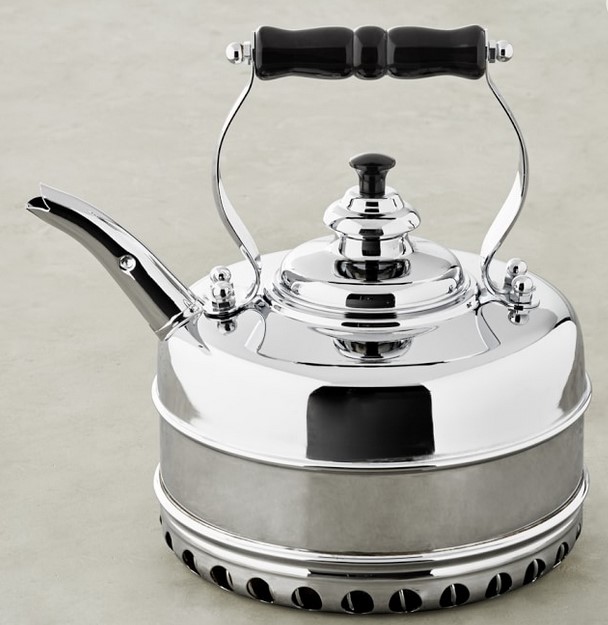
Never mind kettle, what was needed was Ketel One.
However, a glass of gin and a moment’s reflection provided me with the solution.
I have had the current (faulty) kettle now for just on two years. Given the number of cups of tea that New Wife imbibes on a daily basis, an approximate calculation revealed that this El Cheapo kettle has boiled water around four thousand times — and is only now starting to show signs of age/use? I’ve had guns that didn’t last that long, and they’re made of stainless steel and everything.
So I went back to Amazon and bought another kettle just like it (down to the color even), noting that the price ($25) was about the same as the first one I bought back then.
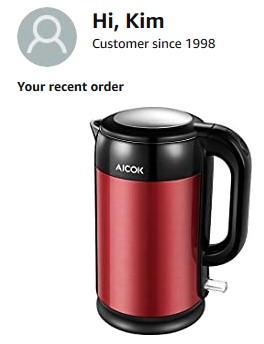
Yeah, it’s made in China, but they’re all made in China so there you go. I should point out that if there were a kettle of comparable standard made in the U.S., I probably would have spent double the amount — and if we in America cannot make a simple and reliable electric kettle carrying a retail price of $50 because of greedy unions, burdensome government regulations, high operating costs, etc., then we deserve to have the Commies make all our stuff.
Let’s just hope the fucking thing doesn’t break on Day 3. New Wife will be severely pissed at having to do without her Yorkshire Gold while I go and find something else (not made in China, FFS) to replace it.
Unless anyone tells me a serious horror story, I think I’m going with this combo:

Simple, cheap, cheap-to-run, duplex and small footprint (remember, I’ll be in an apartment with limited counter space). And I’m not into the Amazon replenishment thing, given that each toner cartridge will last me about a year, and by buying two, I’ll just buy a new one each time the first one runs out.
I’ll only be ordering it around the end of the month, so feel free to disapprove of / shoot down my choice.
And many thanks for all the advice.
As I got such valuable input from y’all in my search for a vacuum cleaner, I’m throwing out another plea for help on the choice of a printer.
I need one that can work off a wi-fi network, but I’m ignorant / agnostic on the old inkjet vs. laser printer decision. Actually, come to think of it, I could be satisfied with a USB cable-only printer if there’s a massive price difference.
I’m not interested in the do-it-all printers because I already have a good scanner, I cannot imagine any scenario where I’d need to send an actual fax and, from memory, the costs of said printers are outrageous.
A decent / low price is important simply because I only print about a dozen or so pages a month, and full color is unimportant. Ditto cartridge / ink costs, which are really important. Getting a $99 printer only to run up $1,200 a year on ink is counterproductive.
Most important is that I want a printer that doesn’t spy on me and send copies of whatever I’ve printed back to the manufacturer (I’ve heard that Brother printers do this, but my info may be out of date). It’s not that I’m getting up to mischief on my computer, it’s just that when I do print stuff out, it’s generally taxes / financial / credit / legal stuff, and I’d rather keep all that private.
The last printer I actually bought for myself was a Hewlett-Packard HP500 inkjet number back in 1992, which should give you an idea how far behind the curve I find myself.
I await any and all recommendations.
Finally made my decision about a vacuum cleaner, and ordered it yesterday:

I know, I know; it’s not very sexy or modern, doesn’t look sleek and has only one function, but it should get the job done. If you think of the above as the 1911 of vacuum cleaners, it will explain my decision.
Many, MANY thanks to all for your helpful suggestions. (In addition to the Comments, I got dozens more via email, and they all really helped. Thankee again.)